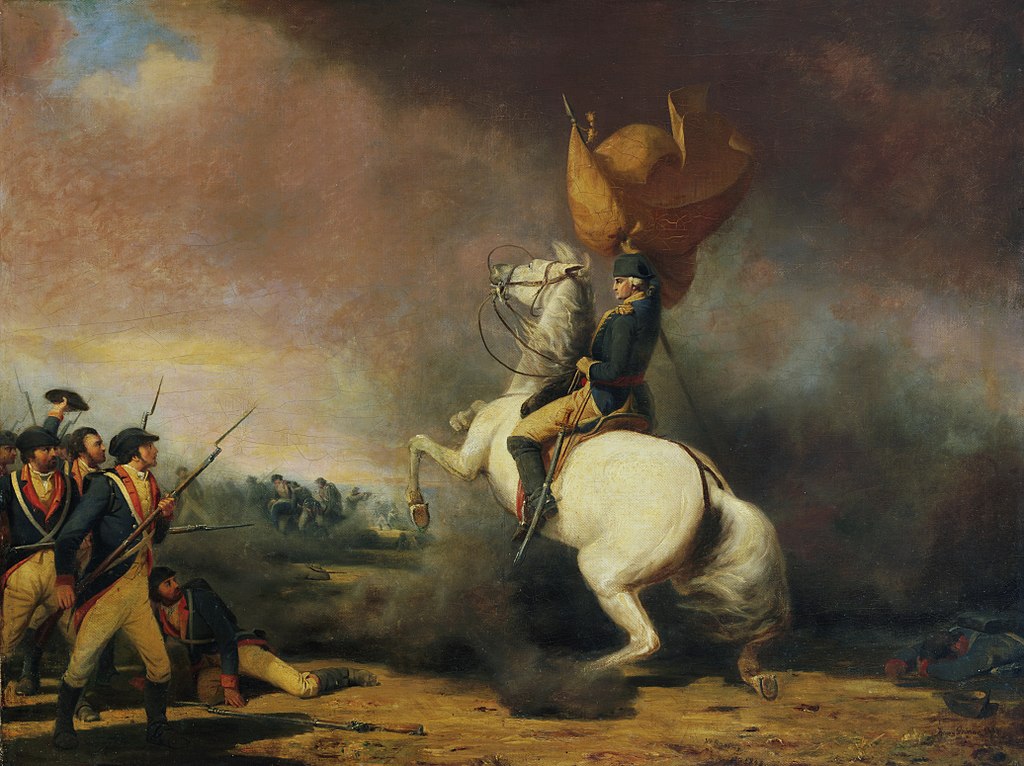By Alex Petridis
6 June 2019

The 19th Bruce Springsteen album has been heralded as a dramatic break from tradition. So dramatic, in fact, that in the interviews accompanying its release, Western Stars’ author has felt impelled to reassure fans that he’ll be back recording and touring with the E Street Band later this year. It’s hard to miss the hint of “normal service will be resumed as soon as possible” about that announcement, balm for Boss fans horrified by how far Western Stars takes their hero from either of his standard musical styles.
There’s not a hint of the E Street Band’s booming Sturm und Drang, nor the stripped-back earthiness of his previous solo albums here: they’re replaced by luscious orchestrations, heavy on the strings and French horn, cooing female backing vocals, guitars that shimmer and quiver with tremolo effects, mournful pedal steel. It’s not founded in country music so much as a distinctive musical hybrid that flowed out of Hollywood’s recording studios in the late 1960s and early 70s, which stirred Nashville with west coast folk-pop and ambitious, sophisticated arrangements: the grownup American pop of Glen Campbell’s collaborations with Jimmy Webb or Harry Nilsson’s covers of Everybody’s Talkin’ and I Guess the Lord Must Be in New York City.
This is clearly a departure, although there’s a sense in which it’s entirely in keeping with Springsteen’s approach. His sound is almost invariably based in burnished nostalgia. The E Street Band and The Ghost of Tom Joad alike are rooted in the music that flourished in the US when Springsteen was about 12 years old: the former an amplification of pre-Beatles American pop – both the echoing drama of Phil Spector and the blare and honk of Dion and the Belmonts – the latter a take on the early 60s folk revival, with particular reference to Bob Dylan in young, keeper-of-the-Woody-Guthrie-flame mode. Western Stars simply shifts its backwards gaze on a few years, to the stuff that would have dominated mainstream taste during Springsteen’s late teens, at a time when it might have been hipper to dig Jefferson Airplane – but what budding young artist could fail to have his head turned by such consummate examples of the songwriter’s craft?
Certainly, there’s a real and rather affecting love evident in the way Springsteen channels the sound on Western Stars. There are moments of transcendent loveliness – not least the shivering instrumental coda of Drive Fast – but he’s also unafraid of its occasional tendency towards schmaltz. Quite the opposite. Listening to There Goes My Miracle or Sundown, on which he slathers on the high-camp strings and transforms his voice into a croon, denuded of the usual Springsteen grit, you get the feeling he’s having a whale of a time: an artist always held up as the apotheosis of honest, blue-collar heartland rock revelling in artifice, in much the same way as he audibly delighted in telling audiences at his Broadway residency that the character of Bruce Springsteen was a Ziggy Stardust-ish construct who had never done anything. It helps that the songs are strong enough to withstand the treatment, seldom slipping into pastiche. The only real misfire is Sleepy Joe’s Café, which feels a little round-edged for its own good, not aided by an ingratiatingly perky accordion: the E Street Band could have turned it into something more driving and potent.
“It’s the same sad story, going round and round,” Springsteen sings on The Wayfarer and listening to the rest of the album’s lyrics, you take his point. If the sound of Western Stars sets it apart from Springsteen’s earlier solo albums, the words pull it closer. Like Nebraska or The Ghost of Tom Joad, it offers a selection of bleak narratives and lingering pen-portraits, and, like Nebraska and The Ghost of Tom Joad, it seems a product of its era. The former album’s cast of conflicted cops and desperate criminals undercut the gung-ho triumphalism of Reagan’s America, while Tom Joad’s illegal immigrants and drug runners did the same for an era of record highs on the Dow Jones index. Western Stars, meanwhile, is populated by characters past their best – the title track’s fading actor, reduced to hawking Viagra on TV and retelling his stories for anyone who’ll buy him a drink; Drive Fast’s injured stuntman recalling his youthful recklessness, the failed songwriter of Somewhere North of Nashville and the guy glumly surveying the boarded-up site of an old tryst on Moonlight Motel – all of them ruminating on how things have changed, not just for the worse, but in ways none of them anticipated.
It adds up to an album that manages to be both unexpected and of a piece with its author’s back catalogue. Normal service may well be resumed in due course, but Western Stars is powerful enough to make you wish Bruce Springsteen would take more stylistic detours in the future.
• Western Stars is released on 14 June.






